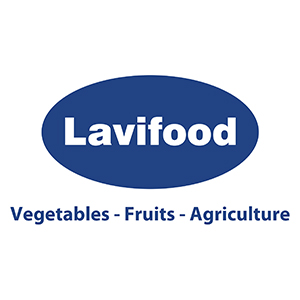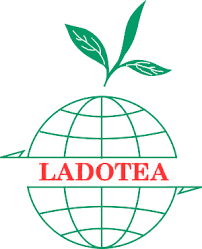- Giới thiệu
- Nhóm Công tác
- Tin tức
- Thông tin về FTA
- Tài Liệu
- Sự kiện
- Liên hệ
Tea industry needs to focus on quality
Việt Nam’s tea industry needs to focus on enhancing quality, diversifying product offerings and building brands to develop in a sustainable way, according to the Ministry of Agriculture and Rural Development.
The ministry said reducing pesticide residue and increasing added value for tea products were still important tasks in the development of the industry.

In an effort to address this need and to meet the market's high quality requirements, the ministry implemented a three-year project starting in 2017 to encourage safe production and increase the value of tea products.
The project is focused on controlling the use of pesticide and cultivating tea that meets VietGap standards.
At Thịnh An Tea Cooperative in Đồng Hỷ District, home to more than 400 hectares of tea cultivation in Thái Nguyên Province, productivity has increased from 8.5 tonnes of tea per hectare to more than 11 tonnes per hectare since the project began. Quality has also improved and the co-operative is able to harvest eight times per year, up from 6.5 times.
Vũ Thị Hảo, Director of the co-operative, said that more than 50 hectares of tea cultivated by 150 households participating in the project had obtained VietGap standards for their products.
The project also helps farmers find markets and build a brand for tea products through promotion activities, helping to ensure stable sales of tea products at high prices.
Promoting exports
The ministry’s report showed that tea export value increased by more than 16 per cent in the January to April period over the same time last year – a positive sign for the industry.
According to the Food and Agriculture Organisation of the United Nations, global output of black tea was anticipated to increase 2.2 per cent per year in the next decade to reach 4.4 million tonnes in 2027, while green tea would increase by 7.5 per cent to 3.6 million tonnes.
Global tea consumption was predicted to increase significantly, driven by China which accounts for nearly 40 per cent of consumption.
Experts also pointed out that quality and brand were two core factors that determine the success or failure of a product.
Statistics from the General Department of Customs showed that Việt Nam shipped more than 127.3 million tonnes of tea in 2018 to earn revenue of $217.8 million. Pakistan was Việt Nam’s largest tea export market, accounting for 30 per cent of the sector's export volume, followed by Taiwan with a share of 14.6 per cent.
Việt Nam’s average tea export price was $1,727 per tonne in the first quarter of this year, up 11 per cent over the same period in 2018.
Tin liên quan
PSAV Attends the 30th Anniversary Celebration of Cargill Vietnam2025/10/23
Plant health management helps increase coffee yield up to 15%2025/10/16
An Giang to host 2025 OCOP forum for sustainable development2025/09/25
Viet Nam and France foster cooperation on blue economy and sustainable environment2025/09/29
Agriculture and Environment exhibition ready for National celebration2025/08/27



 Điều lệ hoạt động
Điều lệ hoạt động



















































